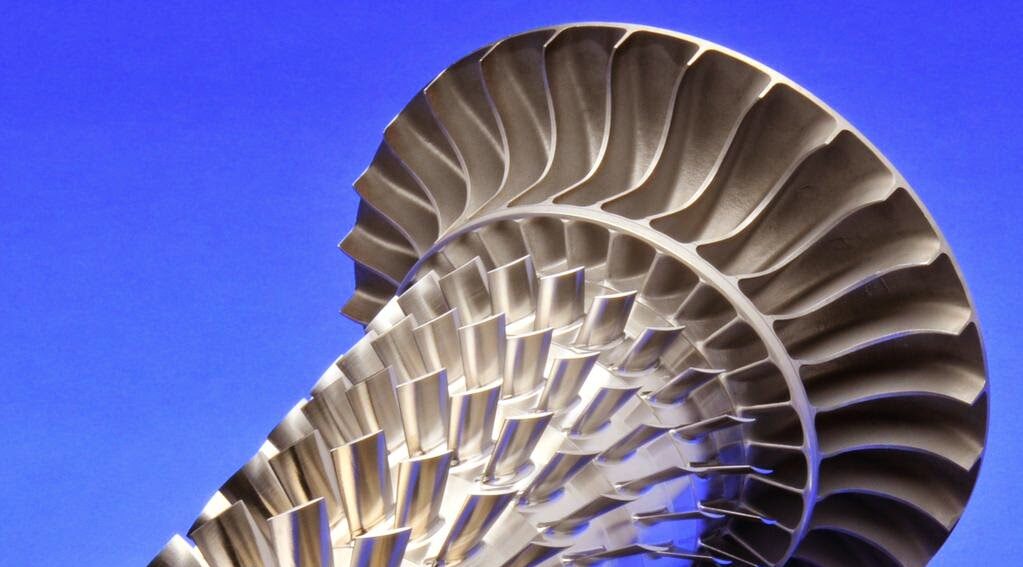
Quality testing is an essential part of any development program, and a key part of ensuring your jet engine turbine blades operate to manufactured specifications, and without any runtime failures.
A thorough testing program will help establish the operating characteristics of your turbine blades, investigate the effect of cooling flows on turbine performance, and allow you to perform detailed flow investigations to completely characterize your turbine. All of this data can then be used as input into numerical algorithms that can improve and maximize turbine performance.
In this blog post, we’re going to walk through the importance of thoroughly testing your jet engine turbine blades, as well as discuss how proper testing can play a role in the accuracy and precision of your final product.
Impact & Importance of Testing
Performing quality assurance (QA) testing on jet turbine blades is one of the most important factors in manufacturing safe, reliable turbines that are guaranteed to have a long operating life.
During the engine’s operating cycle, jet engine turbine blades are exposed to a multitude of stresses caused by sustained high temperatures, rapid heating, and cooling. QA testing will, first and foremost, ensure that your turbine blades are able to withstand all of these operating stresses without compromising the turbine blade’s structural integrity. If a single blade within a turbine fails, it can cause catastrophic total engine failure.
Typically, turbine blades are heat stress-tested in heat-controlled chambers. In this test, they are placed under a thermal load (in a ramp/soak cycle) that closely simulates what the blade will see when operating within an engine.
Testing turbine blades for creep is another key part of the QA process. Creep is the tendency of materials to slowly shift and permanently deform while continuously under the influence of mechanical stresses, such as during engine operation. Creep is a deformation that occurs over time, meaning the turbine blades have to be continuously tested in a controlled environment and then checked for deformation.
The quality assurance testing process will also determine whether any turbine blades need to be repaired, or if permanent replacement is required within a turbine.
Accuracy & Precision
While we’ve discussed the importance of thorough jet engine turbine blade testing, getting your hands on the right QA equipment can be a challenge in and of itself.
WENZEL, a global manufacturer of coordinate measurement machines (CMM) can help you get the equipment that you need.
Our Aerospace Metrology Solutions
One of our primary solutions is our WM Quartis and 5-axis CORE coordinate measurement machine (CMM) that we specifically designed for turbine blades.
Using CORE, you can take advantage of a workflow specifically designed to measure turbine blades. You can also use the CORE’s hybrid sensor to ensure accurate and precise measurement data.
When you use our CMM paired with our proprietary measurement software, you can program and save your measurement steps for later use. This can help you save significant time when you’re measuring the same turbine blade model over and over again.
Additionally, the CORE eliminates most of the common problems experienced by traditional CMMs, such as “out of plane measurement’ and “tip radius compensation.”
Learn More From WENZEL America Today
Family-owned and -operated, WENZEL has been an industry leader since 1968. Using the power of German precision engineering, strong partnerships, and world-class metrology systems, we’ve been able to offer quality measurement solutions to companies all over the world. In fact, we’ve installed over 10,000 machines in over 50 countries.
If you’d like to learn more about our jet engine turbine blade testing equipment and software, please contact us today.
